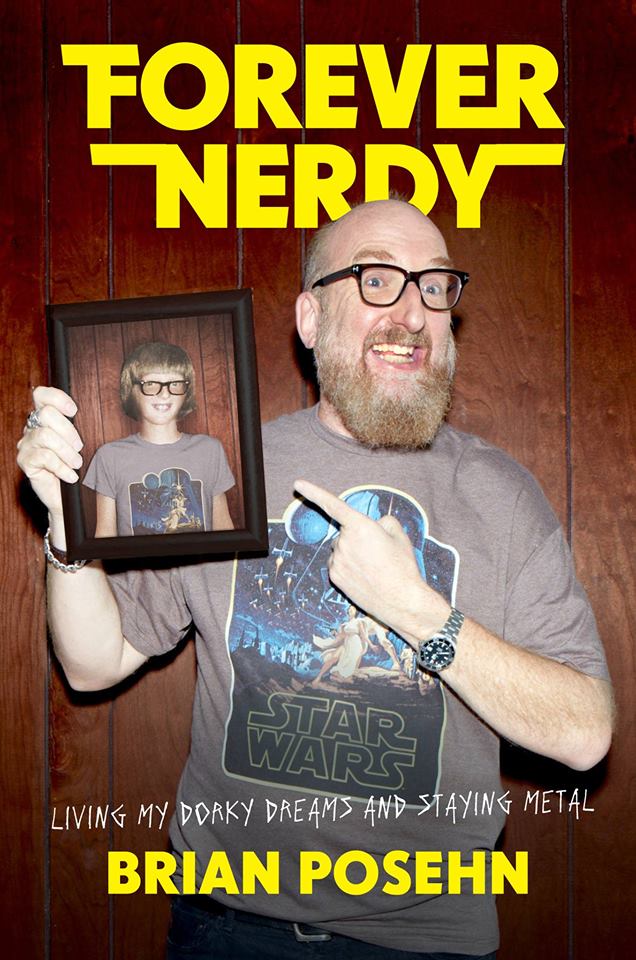Everyone is different. We say it all the time, but is it fully embraced by our schools, by us? When taught and nurtured according to their individuality, children are more engaged with the process of learning. Educational research has confirmed what many parents and teachers experience daily; each child is infinitely varied from the next and cookie cutter solutions do not meet their needs. Recognizing our inborn differences allows for children to develop their passions and strengths, while fostering challenges and aversions.
Jillian is an advanced 8 year old who doesn’t have to try very hard to get perfect marks at school, and tests above the average range on assessments like the ERB. She is often praised for her brightness and quickness. She is starting to avoid anything she thinks is too hard, because she fears the grown-ups might discover her secret. She believes, “If I can’t do this fast and easily, then I must be dumb,” keeping her from her own unique potential to learn and succeed.
Charlie is a 7 year old gregarious kid who excels at school, is athletic, and very popular. However, he recently retreated into himself, refusing to participate in activities he once loved, after his beloved grandmother passed away.
Annabeth is 6 and loves books, words, and games. She has great difficulty staying out of trouble. Lately, she’s been left off the birthday invitation lists of her classmates.
Henry is a 6 year old, well liked, quiet boy. He loves building intricate structures with blocks and avoids anything with letters or numbers.
All four students are typical and should be treated as such. We do not learn in synchronistic ways and sometimes life gets in the way. All can excel if the adults in their lives help to cultivate their challenges and support their gifts, while emphasizing the natural differences in all of us. We want schools to see our children for whom they are and respond to them as their lives unfold.
All children are learning machines and learning begins with the brain. Neuroscience tells us brains are unique and plastic. There are not two duplicate brains in the world, now or ever. While the basic structure of our brains are the same, at the molecular level differences can be detected that affect our ability to learn, even in identical twins. If all people are different from one another, it follows that instruction should be differentiated. Differentiated doesn’t mean easier, but rather creating high challenge and low risk. Additionally, the brain’s plasticity is happening all the time as we encounter the world. Our brains automatically rewire neural paths with each song sung, picture painted, soccer scuffle, or negative thought. Schools and parents can use this plasticity to their advantage by creating environments where they reinforce important skills and belief systems around learning. Days should be designed to develop proficiencies in reading, math and other content areas, but also and with equal emphasis on effort and perseverance strategies.
Here are some great resources:
- Making Classrooms Better: 50 Practical Applications of Mind, Brain, and Education Science by Tracey Tokuhama-Espinoza, Ph.D.
- Research Based Strategies to Ignite Student Learning by Judy Willis, M.D.
- Proust and the Squid by Maryanne Wolf, Ph.D.
- Mindset by Carol Dweck, Ph.D.
Elizabeth Frank
The Kirkman Academy
Elizabeth Frank is a member of the Dumbo and Vinegar Hill community. She is developing The Kirkman Academy, in Brooklyn, NY, where she will serve as the Head of School. She is founder of Abundant Learning, a Dumbo based learning center, offering tutoring and enriching classes taught by experts. She also serves as the President of The Vinegar Hill Community Garden.





